American inventors who changed the world
The American inventive spirit has always been a beacon of innovation and creativity. From the early days of the nation, inventors have pushed the boundaries of what is possible, leaving an indelible mark on the world.
This article celebrates some of the most remarkable inventors who have shaped history with their groundbreaking contributions. Each of these innovators brought unique perspectives and skills to their respective fields, demonstrating the diverse range of talent that has defined American ingenuity.
Benjamin Franklin: The Original American Innovator
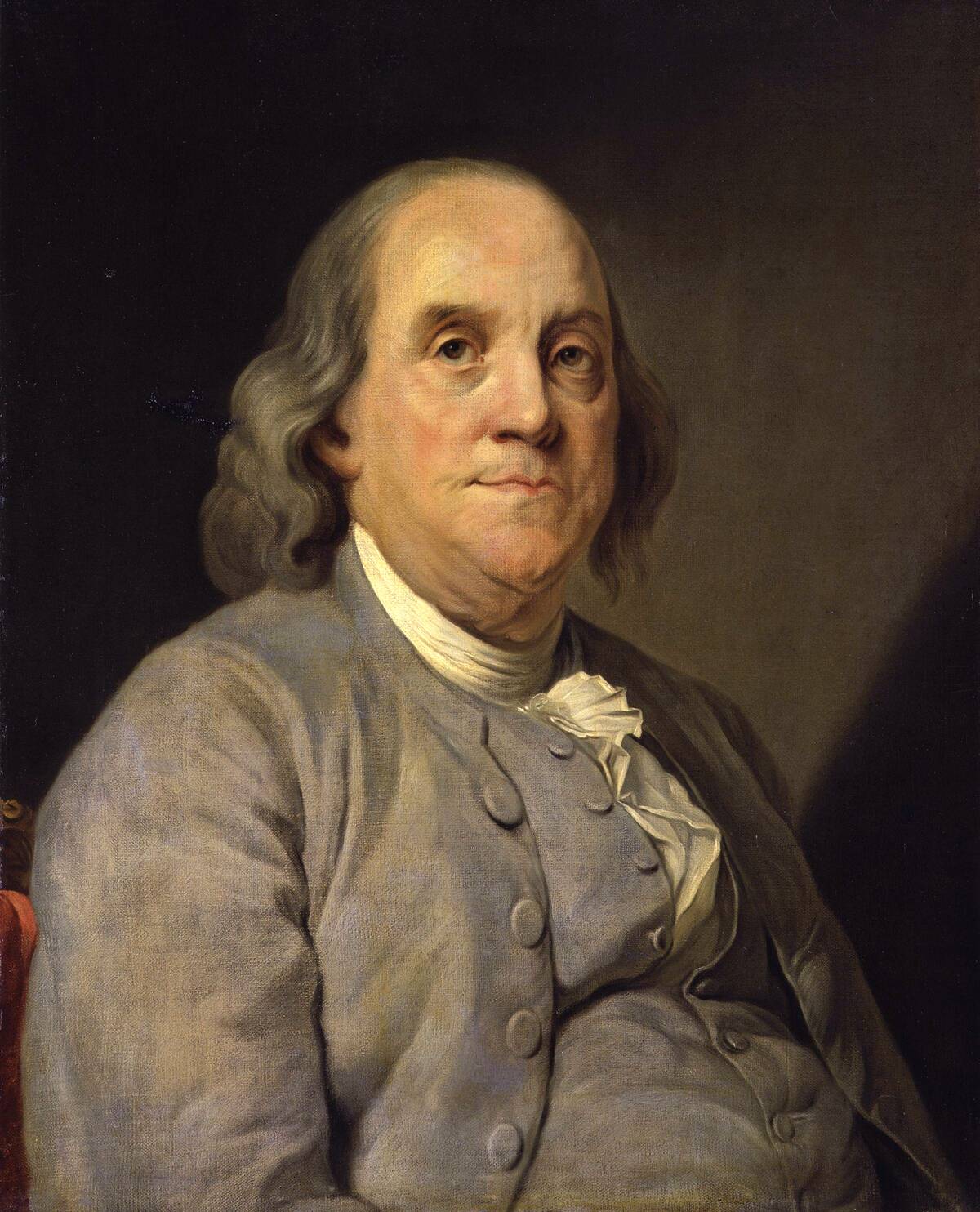
Benjamin Franklin was a man of many talents, known for his contributions to science, politics, and diplomacy. Among his numerous inventions, the lightning rod is perhaps his most famous, protecting countless buildings from fire.
Franklin’s bifocal glasses also revolutionized vision correction, combining two lens powers into one frame. His curiosity and relentless pursuit of knowledge laid the foundation for the innovative spirit that continues to thrive in America today.
Thomas Edison: The Wizard of Menlo Park
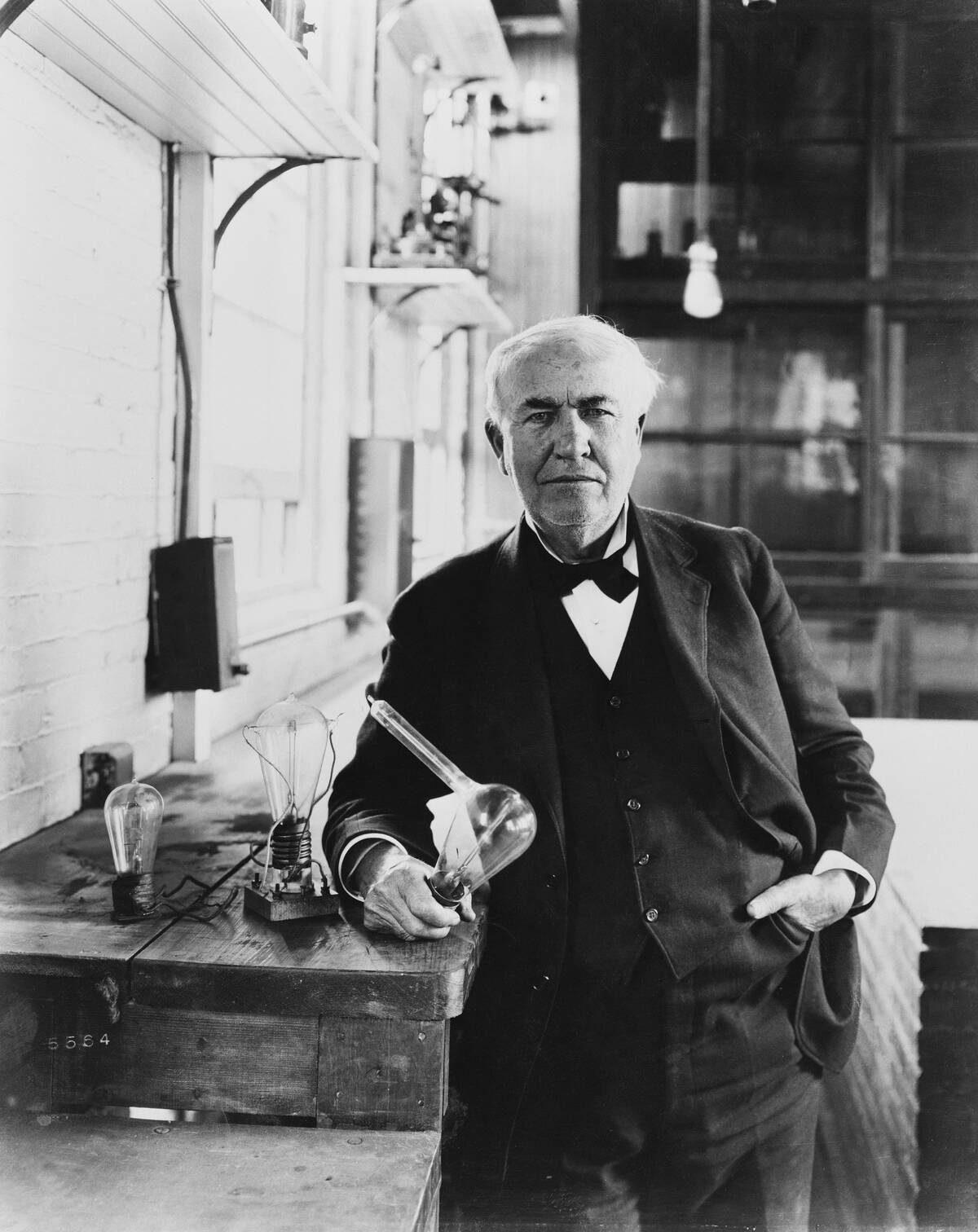
Thomas Edison, often dubbed the Wizard of Menlo Park, was a prolific inventor with over 1,000 patents to his name. His invention of the phonograph brought music into homes and revolutionized entertainment.
Edison’s development of the practical electric light bulb illuminated homes and streets, changing the way people lived and worked. His Menlo Park laboratory became a hub of innovation, where ideas were transformed into reality, leaving a lasting impact on society.
Alexander Graham Bell: Ringing in a New Era of Communication
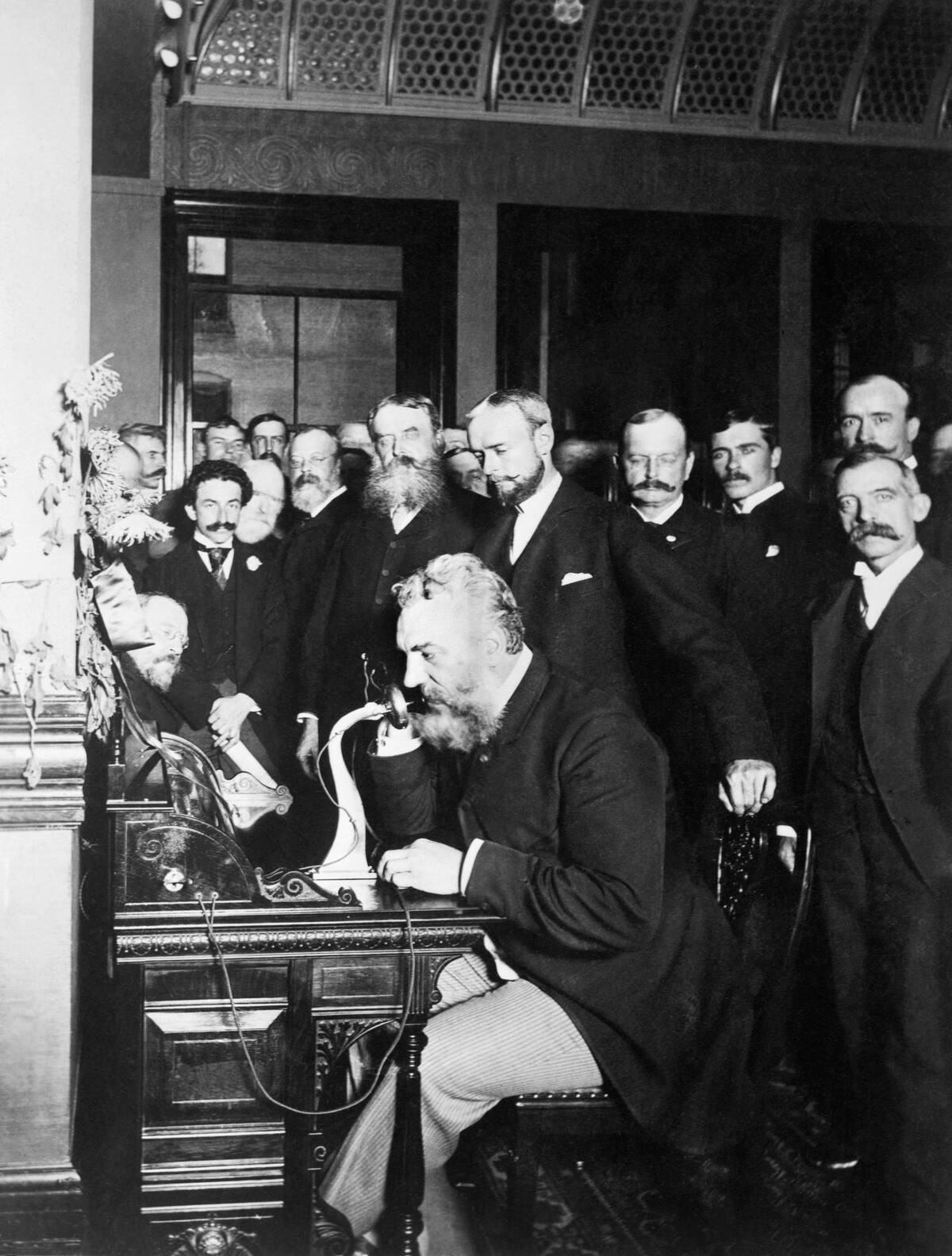
Alexander Graham Bell is best known for inventing the telephone, a device that forever changed the landscape of communication. His work in sound technology was inspired by his family’s history with hearing impairment, driving him to explore ways to improve communication.
Bell’s invention enabled people to connect instantly over long distances, bridging gaps between communities and cultures. His passion for helping others and his scientific endeavors made him a pivotal figure in the communication revolution.
The Wright Brothers: Taking Humanity to the Skies

The Wright brothers, Orville and Wilbur, are credited with inventing and building the world’s first successful powered airplane. On December 17, 1903, their Wright Flyer took off in Kitty Hawk, North Carolina, marking the dawn of human flight.
Their meticulous research and engineering skills paved the way for modern aviation, transforming transportation and connecting the world like never before. The Wright brothers’ legacy continues to inspire aviators and engineers around the globe.
Nikola Tesla: The Electric Visionary
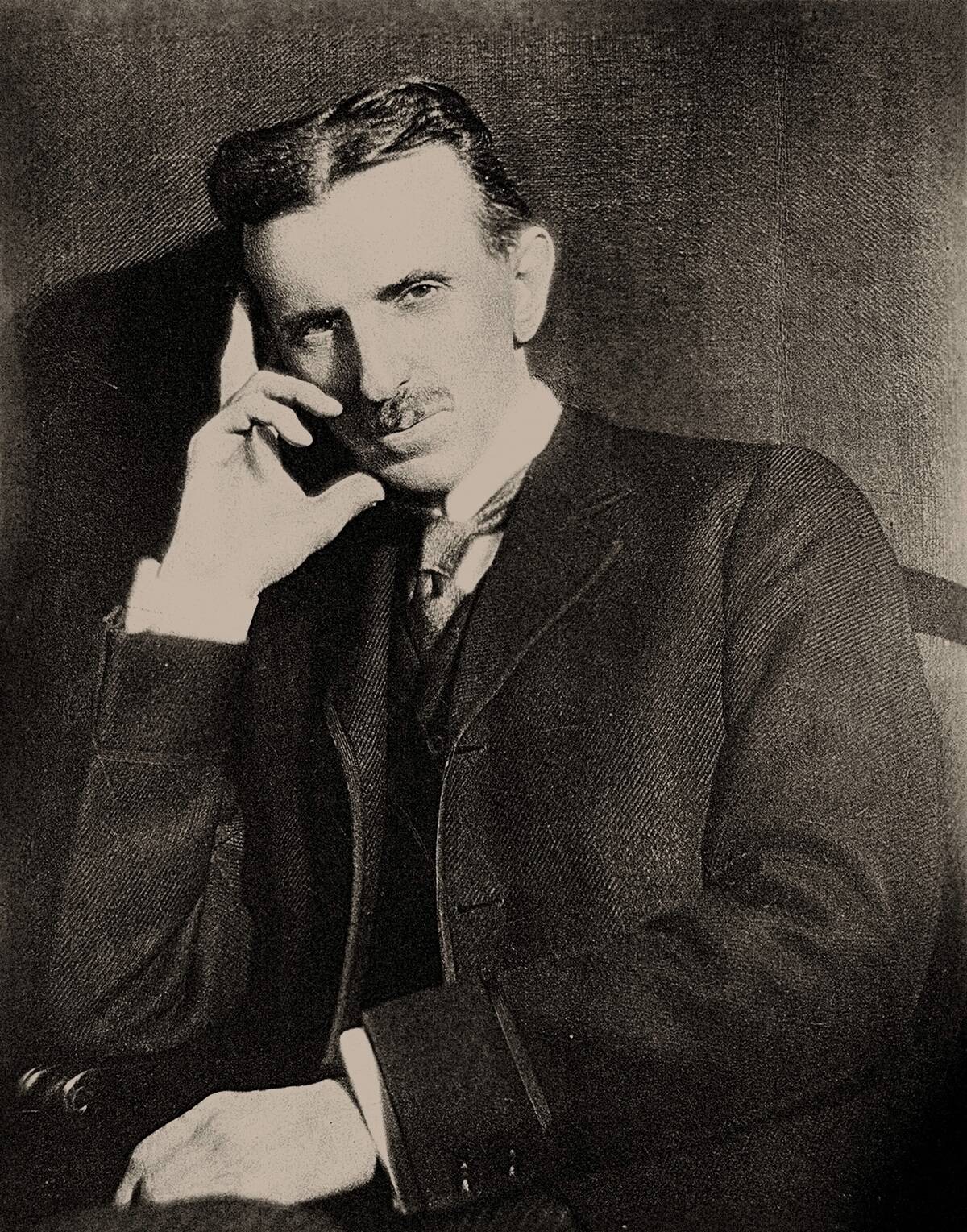
Nikola Tesla, a visionary inventor, made significant contributions to the development of alternating current (AC) electrical systems. His AC technology became the standard for power transmission, outpacing Edison’s direct current (DC) system.
Tesla’s innovative mind also gave birth to the Tesla coil, a device that helped advance wireless communication. His forward-thinking ideas and dedication to harnessing the power of electricity have left an enduring impact on modern technology and energy systems.
George Washington Carver: Revolutionizing Agriculture

George Washington Carver was an agricultural scientist and inventor who promoted alternative crops to cotton, such as peanuts and sweet potatoes. He developed hundreds of products from these crops, including dyes, plastics, and gasoline, helping to diversify Southern agriculture.
Carver’s work improved the economic conditions for many farmers and is credited with advancing sustainable farming practices. His legacy is a testament to the power of innovation and education in addressing societal challenges.
Henry Ford: Driving the World Forward
![[redacted] With His Model T...](https://media.tellmebest.com/wp-content/uploads/2023/09/henry-ford-with-his-model-t-36707.jpeg)
Henry Ford revolutionized the automobile industry with the introduction of assembly line production. His Model T made car ownership accessible to the masses, transforming transportation and American life.
Ford’s vision of mass production and affordable pricing set the standard for manufacturing industries worldwide. Beyond cars, his innovations in factory work also had a profound impact, influencing the economic landscape of the 20th century.
Samuel Morse: The Language of Dots and Dashes

Samuel Morse, an artist turned inventor, developed the telegraph and Morse code, revolutionizing long-distance communication. His code of dots and dashes enabled messages to be sent quickly across great distances, laying the groundwork for the communication networks we rely on today.
The first telegraph message, “What hath God wrought?” was sent in 1844, marking a significant milestone in technological history. Morse’s contributions paved the way for future innovations in communication technology.
Eli Whitney: The Cotton Gin and Industrial Change
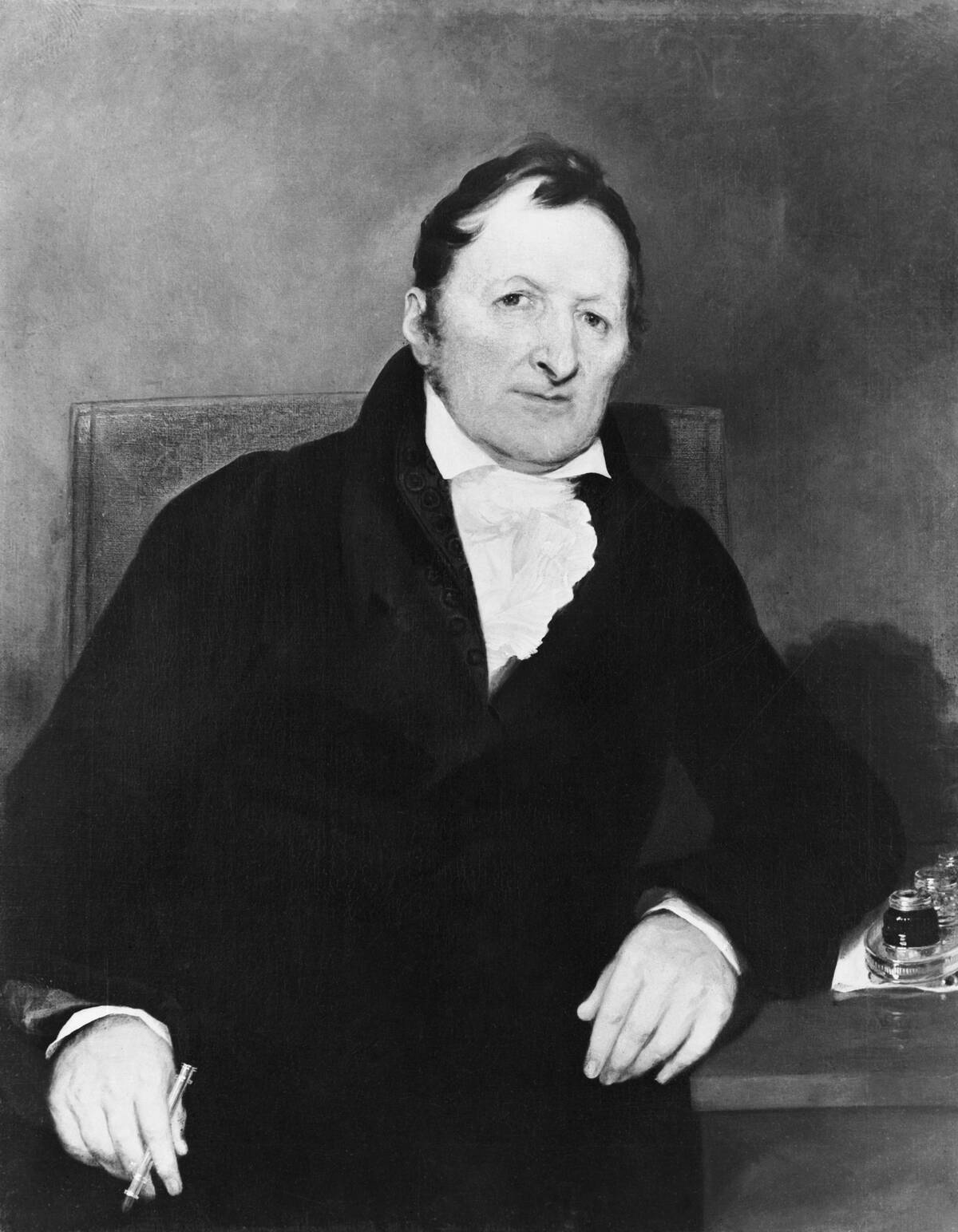
Eli Whitney is best known for his invention of the cotton gin, a device that revolutionized the cotton industry by efficiently separating cotton fibers from seeds. This invention significantly boosted cotton production in the Southern United States, fueling the Industrial Revolution.
Whitney’s concept of interchangeable parts also laid the groundwork for modern manufacturing practices and mass production. His innovations had far-reaching effects on both the economy and society, shaping the industrial landscape.
Steve Jobs: Transforming Technology and Culture
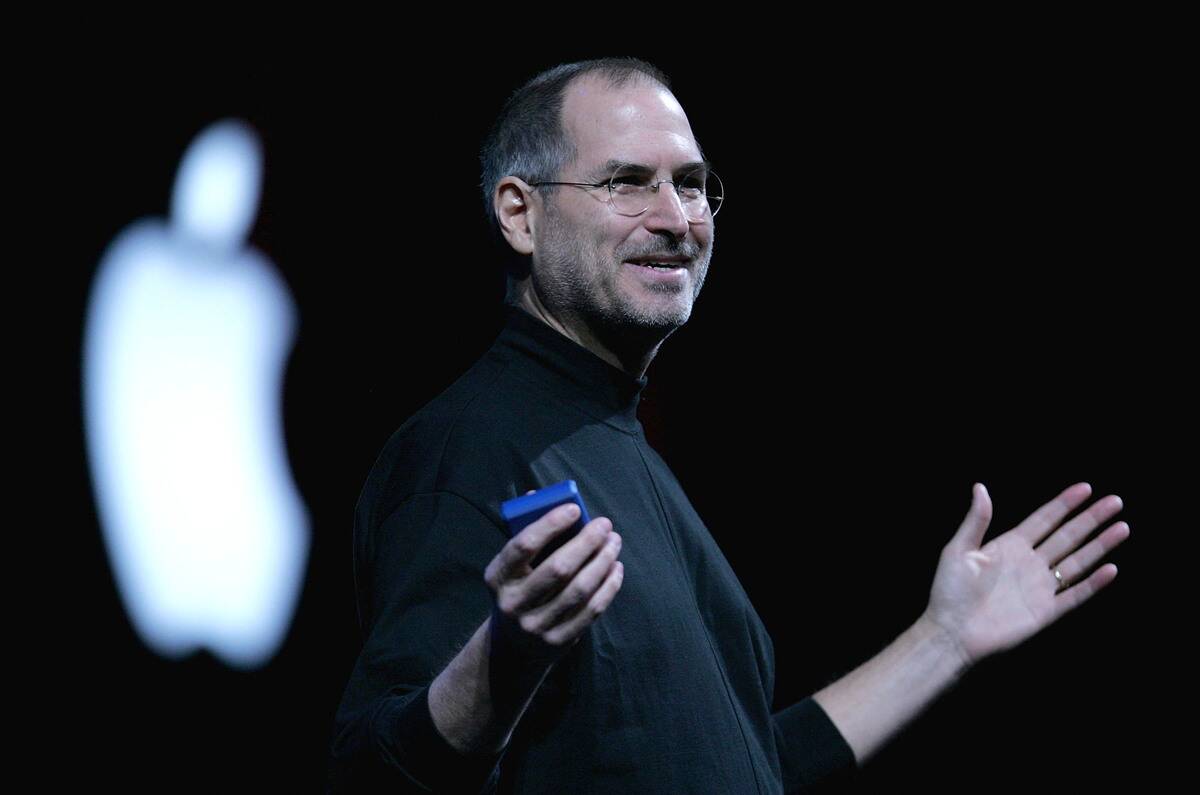
Steve Jobs, co-founder of Apple Inc., was a pioneer in the personal computing revolution. His vision and leadership led to the creation of iconic products like the Macintosh, iPod, iPhone, and iPad.
Jobs’ emphasis on design and user experience transformed how people interact with technology, blending functionality with style. His influence extended beyond tech, reshaping industries like music and film, and establishing Apple as a symbol of innovation and creativity worldwide.
Bill Gates: The Software Revolution
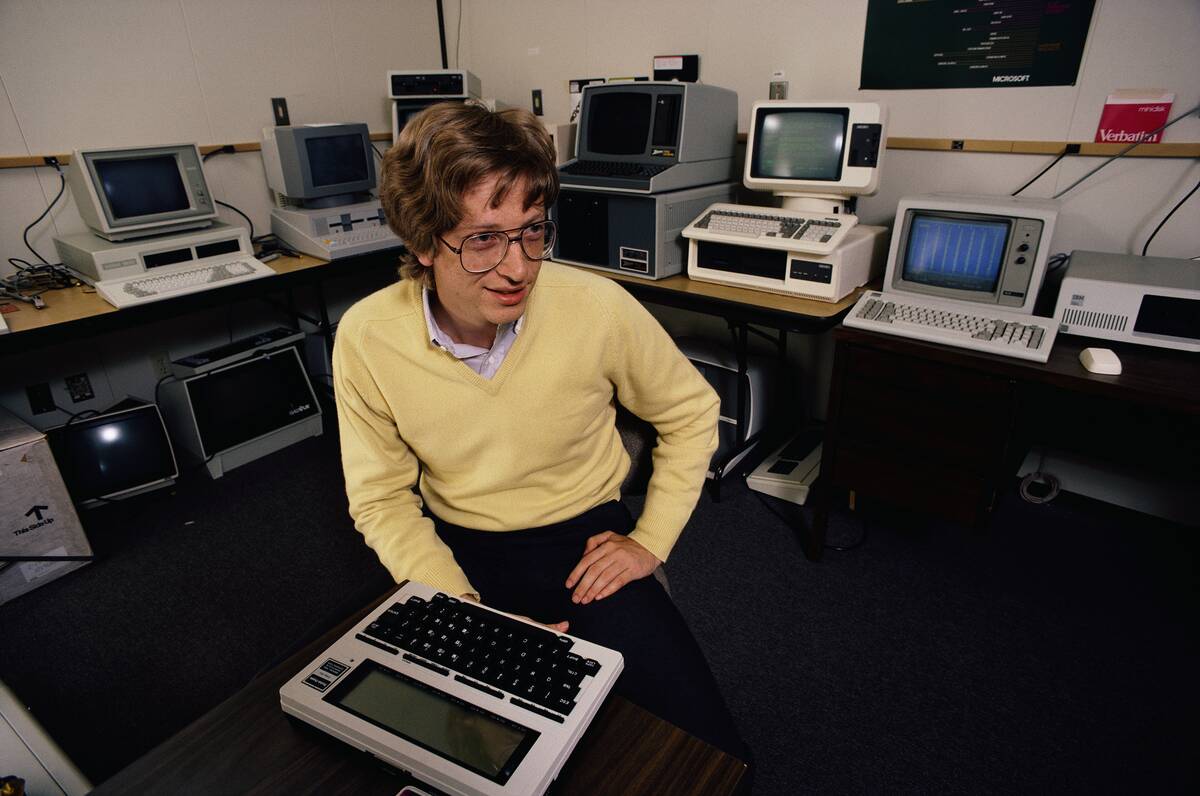
Bill Gates, co-founder of Microsoft, played a pivotal role in the software revolution. His development of the Windows operating system made personal computing accessible to millions, changing how people work and communicate.
Gates’ vision of a computer on every desk and in every home drove the rapid expansion of the PC market. His philanthropic efforts through the Bill & Melinda Gates Foundation continue to impact global health and education, reflecting his commitment to improving lives.
Grace Hopper: Pioneering Computer Programming
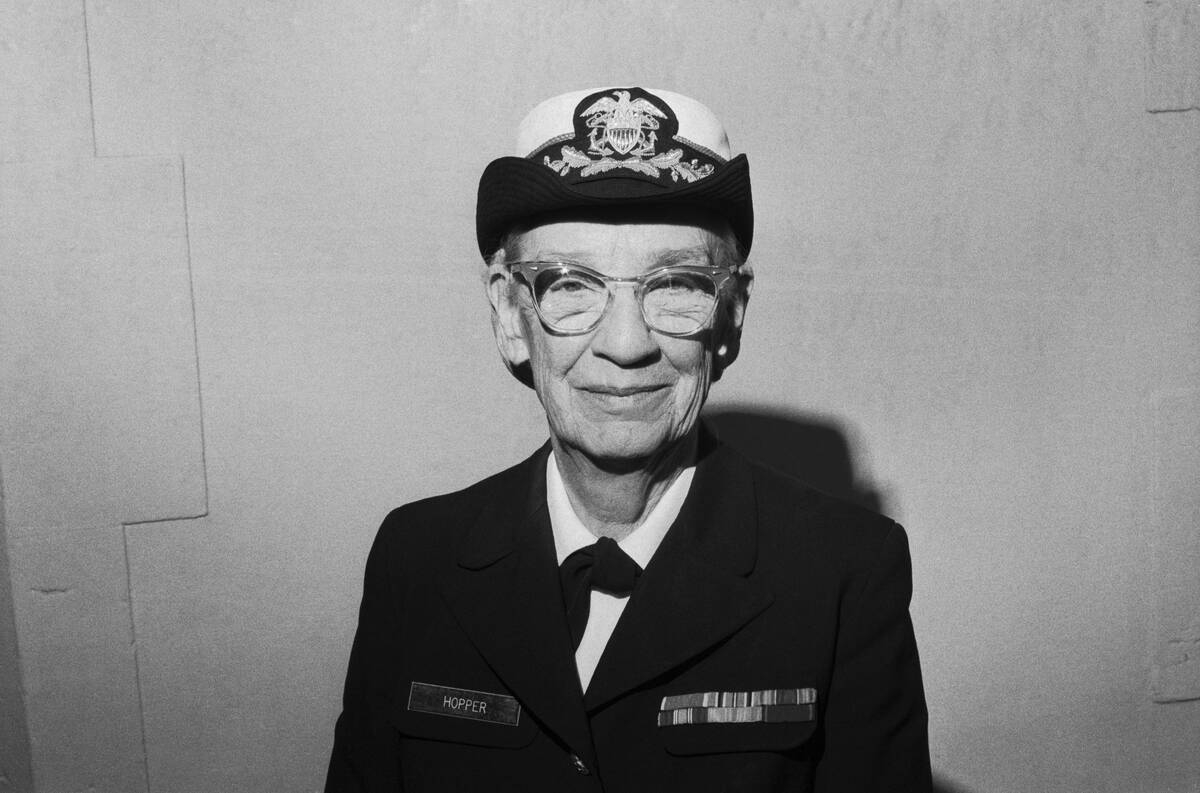
Grace Hopper, a trailblazing computer scientist, was instrumental in developing the first compiler, a program that translates written code into machine language. Her work on the COBOL programming language helped standardize computer programming and made it more accessible to businesses.
Known as “Amazing Grace,” Hopper’s contributions laid the foundation for modern computing, inspiring generations of programmers. Her legacy is a testament to the power of perseverance and innovation in shaping the digital world.
John Logie Baird: Bringing Images to Life with Television
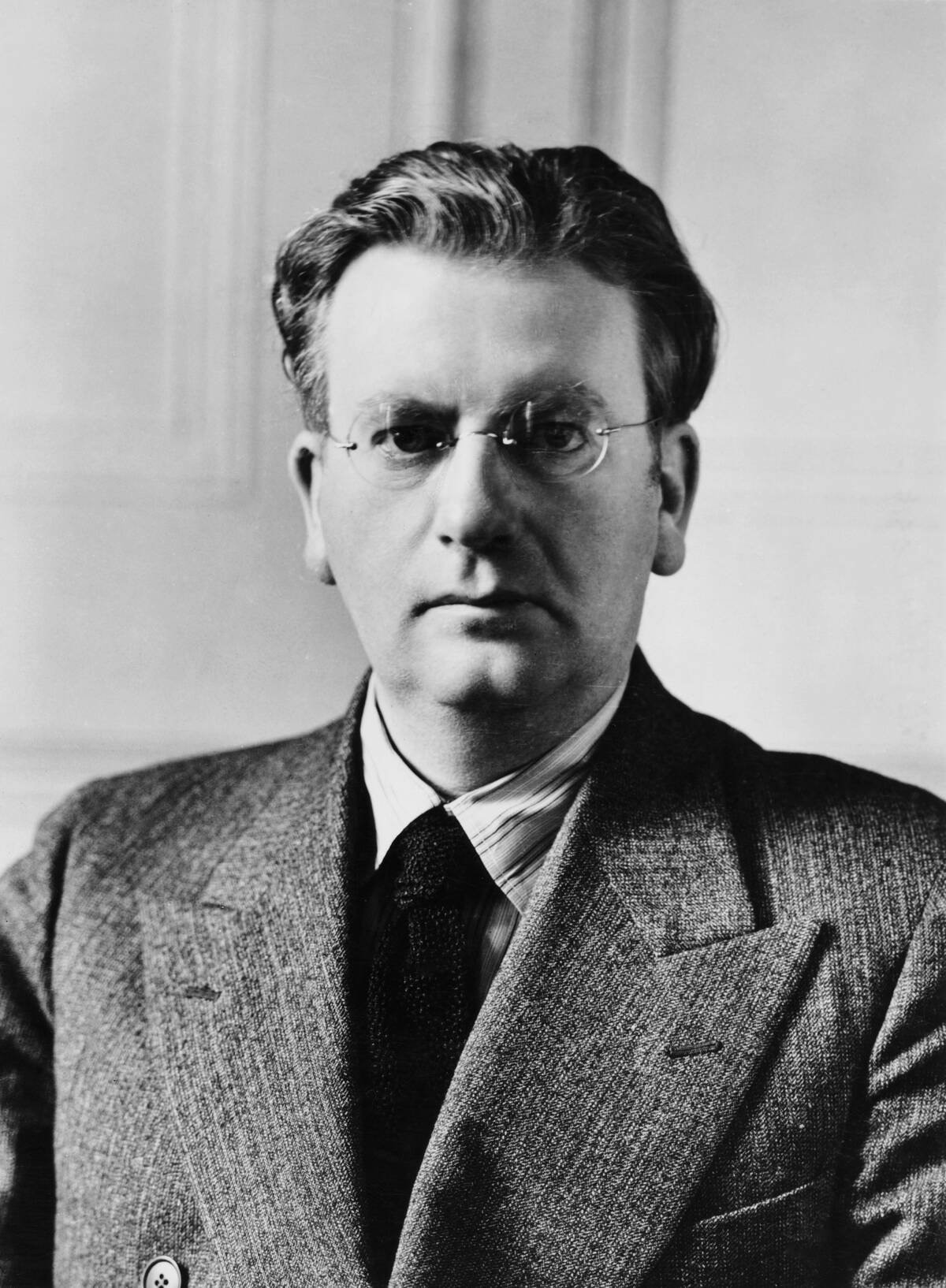
John Logie Baird, a Scottish inventor, was a pioneer in the development of television. He was the first to demonstrate a working television system, bringing moving images to life for viewers.
Baird’s work laid the groundwork for the television industry, which transformed entertainment and information dissemination. His invention allowed people to experience events and stories visually, connecting audiences in ways never before possible. Baird’s contributions continue to influence broadcasting technology today.
Robert Noyce: The Microchip Maestro
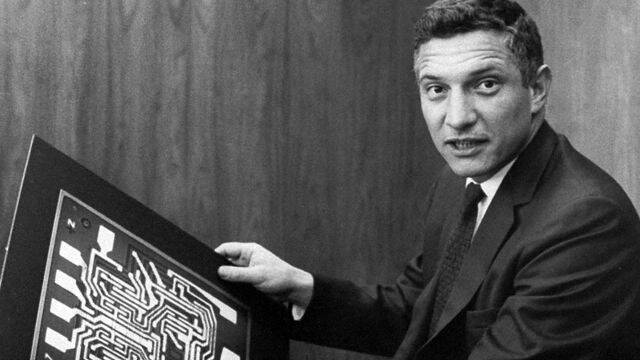
Robert Noyce, known as the “Mayor of Silicon Valley,” co-founded Intel and was a key figure in the development of the microchip. His invention of the integrated circuit revolutionized electronics, making devices smaller, faster, and more affordable.
Noyce’s work laid the foundation for the digital age, powering everything from computers to smartphones. His contributions helped transform Silicon Valley into a hub of technological innovation, influencing the global economy and modern life.
Jonas Salk: Defeating Polio with a Vaccine
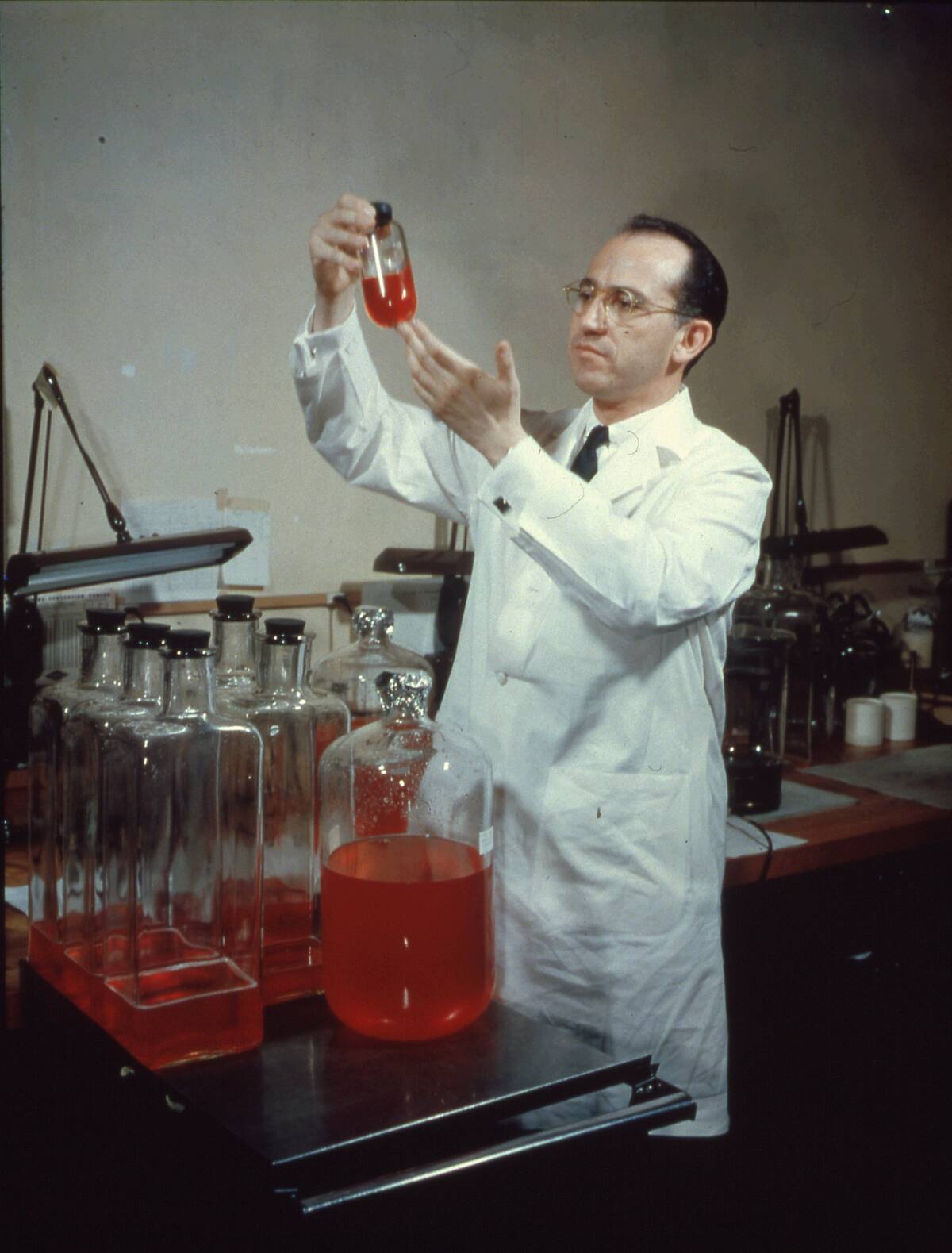
Jonas Salk was a medical researcher who developed the first successful polio vaccine, a breakthrough that virtually eradicated the disease. In the 1950s, polio was a feared epidemic, crippling thousands of children worldwide.
Salk’s vaccine, introduced in 1955, was a turning point in public health, saving countless lives and preventing disability. His decision not to patent the vaccine exemplified his dedication to humanity, prioritizing global health over personal profit, and leaving a lasting legacy in medical science.
Hedy Lamarr: From Hollywood to Wireless Communication

Hedy Lamarr, a Hollywood actress, was also an inventor whose work laid the foundations for modern wireless communication. During World War II, she co-invented a frequency-hopping technology to prevent the jamming of radio-controlled torpedoes.
This technology became a precursor to modern Bluetooth and Wi-Fi. Lamarr’s dual legacy as a film star and a brilliant inventor highlights the intersection of creativity and innovation. Her contributions continue to resonate in today’s interconnected world.
Buckminster Fuller: Architectural Innovator and Futurist
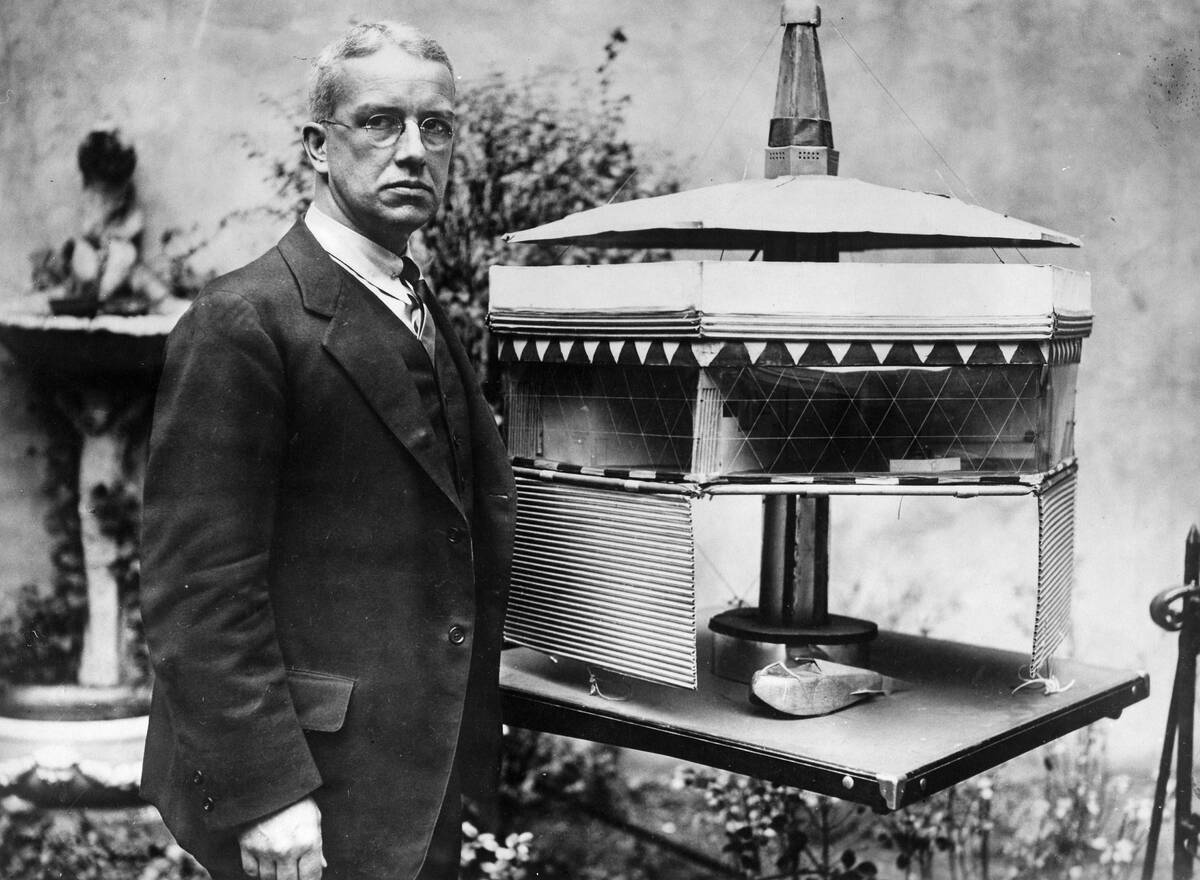
Buckminster Fuller was an architect and visionary known for his development of the geodesic dome, a lightweight and cost-effective structure. His designs emphasized sustainability and efficiency, reflecting his commitment to improving human living conditions.
Fuller’s forward-thinking ideas also included concepts like the Dymaxion Car and World Game, aiming to address global challenges. His work continues to inspire architects and environmentalists, demonstrating the power of innovative thinking in shaping a better future.



